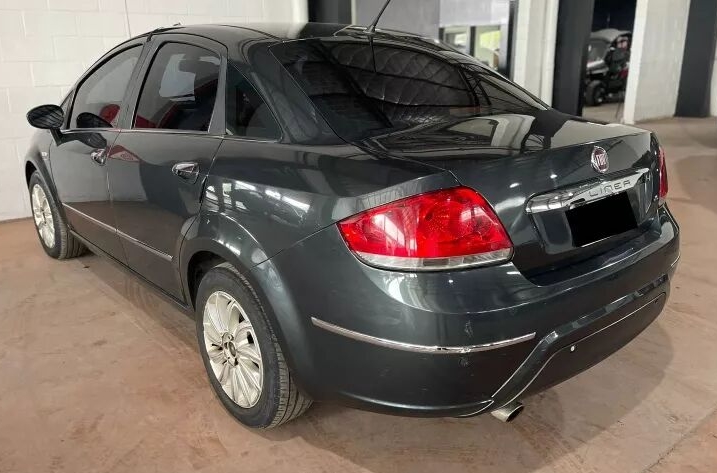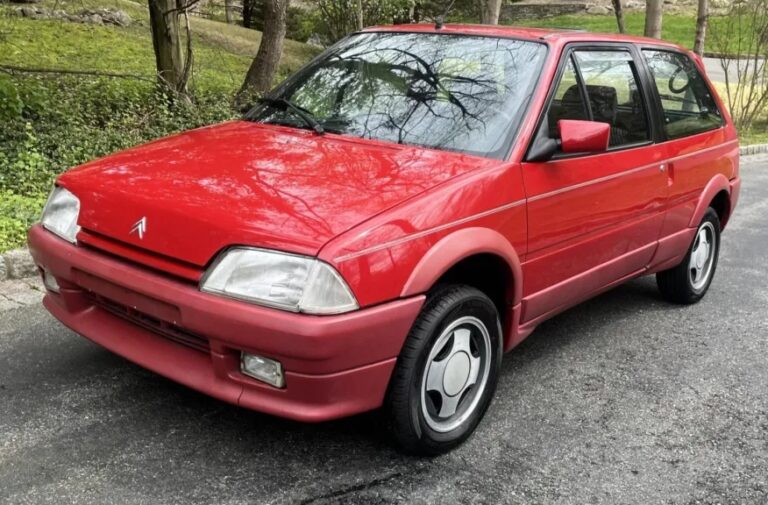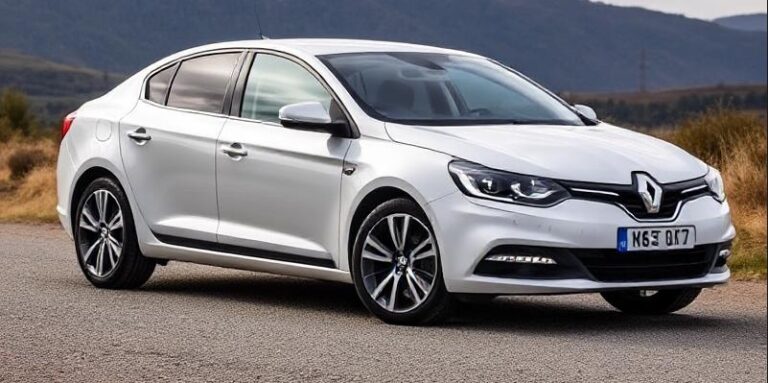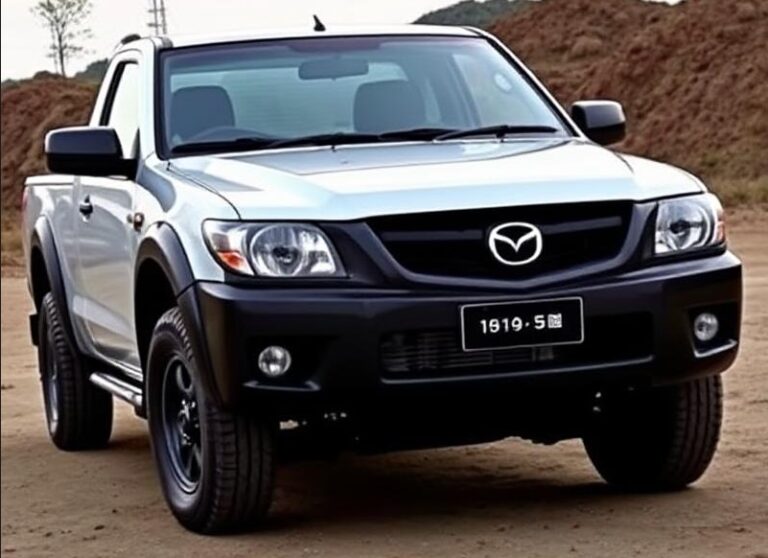The Global Italian: Charting the Evolution of the Fiat Linea
In the intricate tapestry of automotive history, some cars become legends, while others carve out a respectable, if quieter, legacy. The Fiat Linea belongs firmly in the latter category. It was never a record-breaking sales titan, nor an icon of performance, but it was a crucial vehicle for Fiat in the 21st century. Billed as a “World Car,” the Linea was an ambitious project designed to deliver Italian style, European engineering, and practical value to a diverse range of global markets. Its story is one of adaptation, ambition, and the challenge of creating one car for many worlds.
Genesis: Project 323 and the “World Car” Ambition (Pre-2007)
The mid-2000s were a period of resurgence for Fiat. The runaway success of the Grande Punto (launched in 2005) had revitalized the brand’s image and finances. Riding this wave of momentum, Fiat embarked on an ambitious plan known as “Project 323.” The goal was to create a C-segment compact sedan based on the Grande Punto’s successful SCCS platform. However, this was not just a sedan for Europe; it was conceived from the ground up as a “World Car,” co-developed by the Fiat Style Centre in Italy and Tofaş, Fiat’s Turkish joint venture.
This global focus was key to its design. The car needed to be robust enough for the rough roads of India and Brazil, stylish enough for the boulevards of Europe, and affordable enough for emerging economies. The result was a vehicle that was significantly larger than its platform-mate. With a wheelbase stretched to 2,603 mm and an overall length of 4,560 mm, the Linea boasted dimensions that often placed it between the compact and mid-size segments, offering generous interior space and a cavernous 500-litre boot.
Its design, penned under the supervision of Frank Stephenson, was a deliberate departure from the boxy, utilitarian sedans common in its class. The name “Linea,” Italian for “line,” was a direct reference to its smooth, flowing, and elegant profile. A sweeping roofline, a distinctive front fascia with teardrop headlamps, and a gracefully sculpted rear end gave it a premium aesthetic that belied its accessible price point.
The Global Debut and Initial Model Range (2007-2011)
The Fiat Linea made its official world debut in Istanbul, Turkey, in May 2007, with production handled by the Tofaş plant in Bursa. Its European launch followed soon after, with other markets like Brazil (2008) and India (2009) joining the fold. The initial powertrain and trim offerings were designed to cater to a wide spectrum of needs.
Powertrain Options (2007-2011):
The engine lineup was a mix of reliable workhorses and a turbocharged gem that would become the heart and soul of the Linea for enthusiasts.
1.4L 8v FIRE Petrol: This was the entry-level engine, a durable and simple unit producing 77 PS. It prioritized fuel economy and low running costs over performance.
1.4L 16v StarJet Petrol: A slightly more advanced version, offering 95 PS, providing a better balance of performance for city and highway driving.
1.4L 16v T-Jet (Turbojet) Petrol: This was the standout engine. The turbocharged T-Jet produced a lively 120 PS and 206 Nm of torque, transforming the Linea from a sedate family sedan into a surprisingly spirited “warm sedan.” It offered performance comparable to larger 2.0-litre naturally aspirated engines while retaining the efficiency of a smaller unit.
1.3L 16v MultiJet Diesel: A highly acclaimed engine and the primary choice in diesel-centric markets. Equipped with a variable geometry turbocharger (VGT), it produced 90 PS and 200 Nm of torque, earning a reputation for its exceptional fuel efficiency and robust pulling power.
Trim Levels (European/General Market, 2007-2011):
The trim hierarchy was structured to move the car from a basic, functional vehicle to a well-equipped and comfortable cruiser.
Active: The entry point to the Linea range. It typically came with the 1.4 FIRE engine and featured essentials like power steering, central locking, and steel wheels. Air conditioning and a basic audio system were often optional extras.
Dynamic: The mid-range, volume-selling trim. This added crucial comfort features like manual air conditioning, front power windows, a CD/MP3 player, body-coloured mirrors and door handles, and often, 15-inch alloy wheels. It was usually available with the 1.4 StarJet or 1.3 MultiJet engines.
Emotion (or Elegance in some markets): The top-of-the-line trim. The Emotion packed in features like automatic climate control, rear power windows, steering-mounted audio controls, Blue&Me connectivity (a groundbreaking Microsoft-based system at the time), fog lamps, premium upholstery, and larger 16-inch alloy wheels. This trim was most commonly paired with the 1.4 T-Jet and 1.3 MultiJet engines, offering the best of both performance and features.
Regional Adaptations: One Car, Many Faces
The Linea’s “World Car” status was most evident in how it was adapted for specific markets.
Brazil: In Brazil, Fiat has a commanding market presence. The Linea was positioned as a more premium offering. It eschewed the smaller European engines in favour of a larger 1.9L 16v “Flex” engine (later replaced by a more modern 1.8L 16v “E.torQ”), capable of running on both petrol and ethanol. Brazil was also a key market for Fiat’s Dualogic automated manual transmission, offering an automatic-like driving experience without the cost of a traditional torque converter gearbox.
India: Launched in January 2009, the Indian-spec Linea was tailored for local conditions. It featured a raised ground clearance to better handle the country’s challenging road surfaces. The trim levels mirrored the European structure (Active, Dynamic, Emotion), but the engine focus was heavily on the 1.3L MultiJet diesel due to government fuel subsidies. The 1.4 T-Jet was introduced later in 2010 as a niche performance model, quickly gaining a cult following among driving enthusiasts for its “point-and-shoot” character on highways.
The Mid-Cycle Refresh: The “Nuova Linea” (2012-2018)
By 2012, the C-segment had become intensely competitive. To keep the Linea fresh, Fiat introduced a comprehensive facelift. This updated model, often marketed as the “Nuova Linea” (New Linea), aimed to address feedback from the initial years, particularly concerning the interior.
Exterior Changes: The facelift gave the Linea a more mature and upmarket look. The front featured a new chrome-heavy grille and a redesigned bumper with new fog lamp housings. The most significant change was at the rear, where the license plate was moved from the bumper to the boot lid, flanked by a prominent chrome strip, giving it a more substantial and elegant appearance.
Interior Overhaul: This was where the facelift truly shone. The entire dashboard was redesigned. The old, somewhat plain Grande Punto-derived dash was replaced with a new, two-tone, flowing design with soft-touch materials, ambient lighting, and revised ergonomics. The instrument cluster was updated, and the central console received new air vents and controls, creating a far more premium and pleasant cabin environment.
Powertrain and Trim Updates:
The facelift also brought minor powertrain updates. The acclaimed 1.6L MultiJet II diesel, producing 105 PS and a potent 290 Nm of torque, was introduced in some European markets, offering a significant step up in performance from the 1.3L unit.
The trim levels were also often rebranded to align with Fiat’s contemporary naming strategy:
Pop: The new base model, equivalent to the old Active.
Easy: The well-equipped mid-range variant, replacing Dynamic.
Lounge: The luxurious top-tier model, succeeding the Emotion trim, often featuring cruise control, rain-sensing wipers, and automatic headlamps.
In markets like Turkey, the pre-facelift model continued to be sold as the “Linea Classic,” serving as a budget-friendly option, while the facelifted version was positioned as the premium model.
.
Many car aficionados have multiple hobbies, like boating as well as auto stuff. Those who don’t already own a boat (and even some that do), may have thought about building their own boats. It’s really not as hard as you’d think. Just take a look at these easy boat building plans!

.
The Final Years and Lasting Legacy (Production until ~2018)
The facelifted Linea continued in production for several more years, with its lifecycle varying by region. In India, production ceased around 2018, while in its home base of Turkey, it soldiered on for a similar duration. By this time, however, the competition had moved on with all-new platforms and technologies.
The Fiat Linea’s legacy is that of a competent, stylish, and often underrated sedan. It successfully brought a dose of Italian design flair to a segment dominated by pragmatic, and often bland, rivals. Its strengths were undeniable: a comfortable and absorbent ride quality, excellent high-speed stability, a hugely practical boot, and in its T-Jet and MultiJet forms, deeply characterful and efficient engines.
Its shortcomings, however, held it back from true global stardom. In some markets, Fiat’s brand perception and after-sales service were persistent hurdles. The interior of the pre-facelift model felt dated compared to rivals, an issue that the 2012 update commendably addressed.
Ultimately, the Fiat Linea was the right car at the right time for Fiat’s global expansion. It was a bridge, a vehicle that re-established Fiat’s presence in the sedan segment in numerous countries. The lessons learned from Project 323 directly influenced its successor, the Fiat Tipo/Aegea (Project 356), another “World Car” designed in Turkey that would go on to achieve even greater success. The Fiat Linea may not have changed the world, but for over a decade, it offered the world a handsome, capable, and distinctly Italian alternative.







